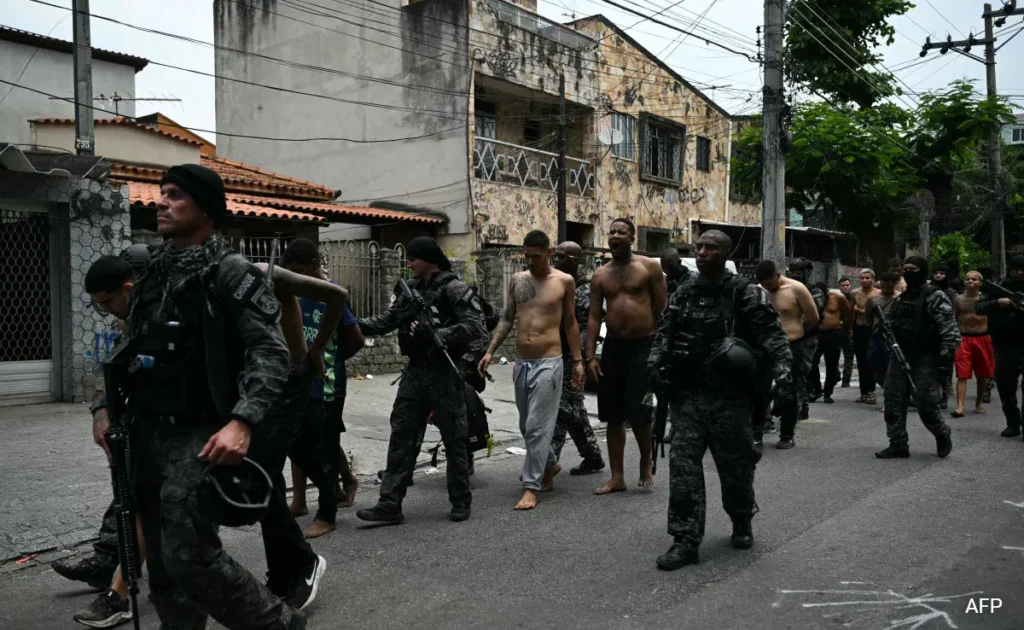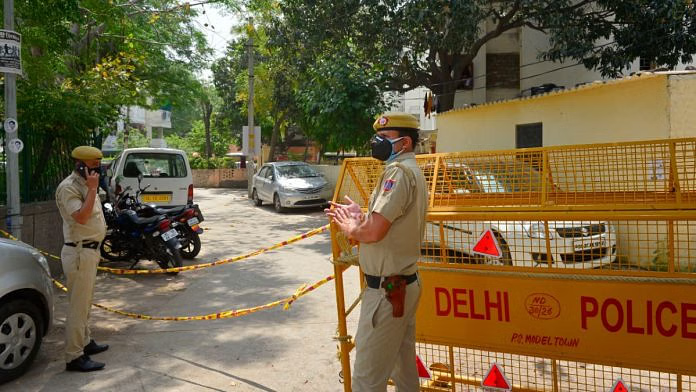Now Reading: A Hug Couldn’t Save Him: Ahmedabad School Raises, Then Fails in Preventing Tragedy
-
01
A Hug Couldn’t Save Him: Ahmedabad School Raises, Then Fails in Preventing Tragedy
A Hug Couldn’t Save Him: Ahmedabad School Raises, Then Fails in Preventing Tragedy
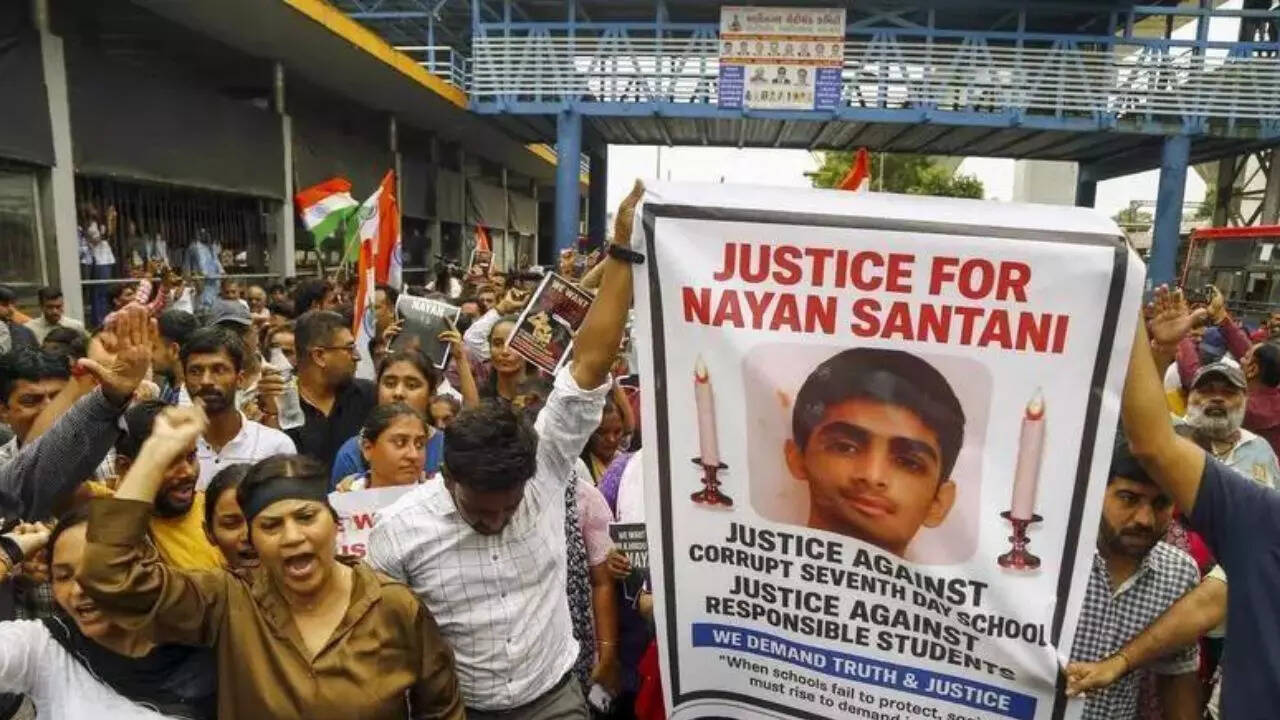
A Class 10 student at a school in Ahmedabad was tragically stabbed to death by a junior—only days after both had been made to hug and apologize, in a failed act of conflict resolution. The incident, rooted in deep-seated conflict and institutional lapses, has raised urgent questions about school safety, response systems, and how smaller towns in India address youth violence.
An Attempt at Peace That Didn’t Last
Authorities revealed that school staff tried a reconciliation tactic—making the two students hug and say “sorry” to each other. Despite this attempt, underlying tensions remained unresolved and tragically escalated into violence.
A Pattern of Unchecked Bullying
Police investigations exposed a worrying pattern of repeated clashes at the school. At least a dozen violent incidents had occurred before this fatal one. Yet, preventive action seems to have been lax or insufficient, highlighting possible negligence in recognising warning signs.
Chaos, Grief, and Accusations
After the attack, protesters—mainly parents and community members—stormed the school, raising allegations of delayed help, negligence, and even attempts to tamper with the crime scene. Medical aid arrived late, and the school’s response, to many, seemed to downplay the gravity of the situation.
Schools, Police and the Missing Cord of Care
Scrutiny has shifted to both school authorities and local police. Reports indicate that a crime scene was washed before forensic experts were brought in. CCTV review and emergency response delays have only heightened concerns about administrative preparedness.
Shifting Schools Online, But What About Help?
The city’s education officer, denouncing serious administrative failings, has ordered physical classes to be replaced with online learning until safety can be assured. The directive also calls for police protection before reopening and a thorough inquiry into the events and response.
What Tier 2 Cities Should Take Away
For smaller cities, this isn’t just Ahmedabad’s story. It underscores how a lack of coordinated response—from bullying redressal to emergency action—can lead to tragedy. Schools are more than classrooms; they must be spaces where safety systems are real, proactive, and trusted.
Conclusion
A hug meant to calm tensions became a haunting memory. The avoidable loss of a young life has triggered outrage and reflection. As the probe continues, one hope must be clear: schools anywhere must not just respond to violence—but prepare to stop it from happening








